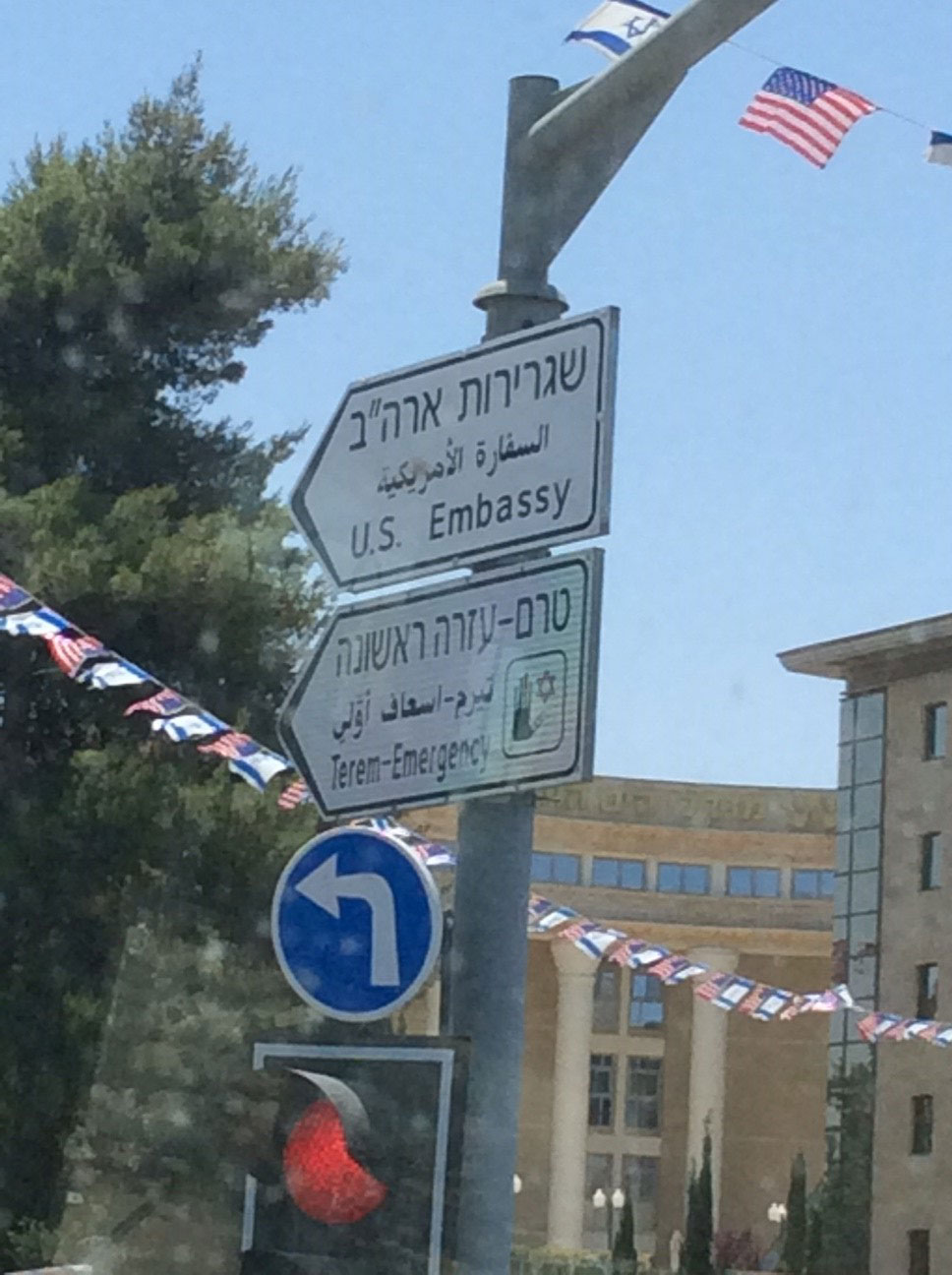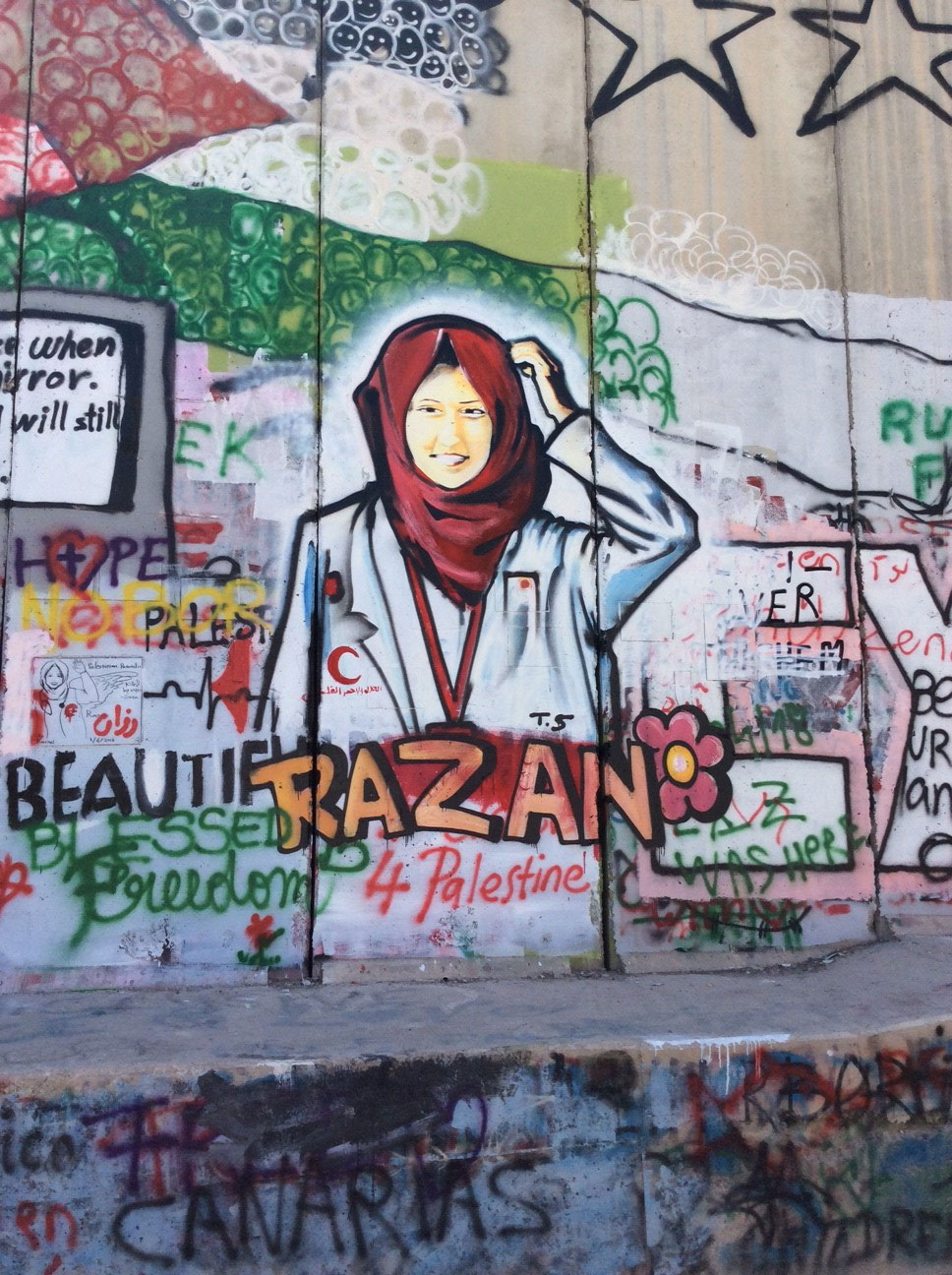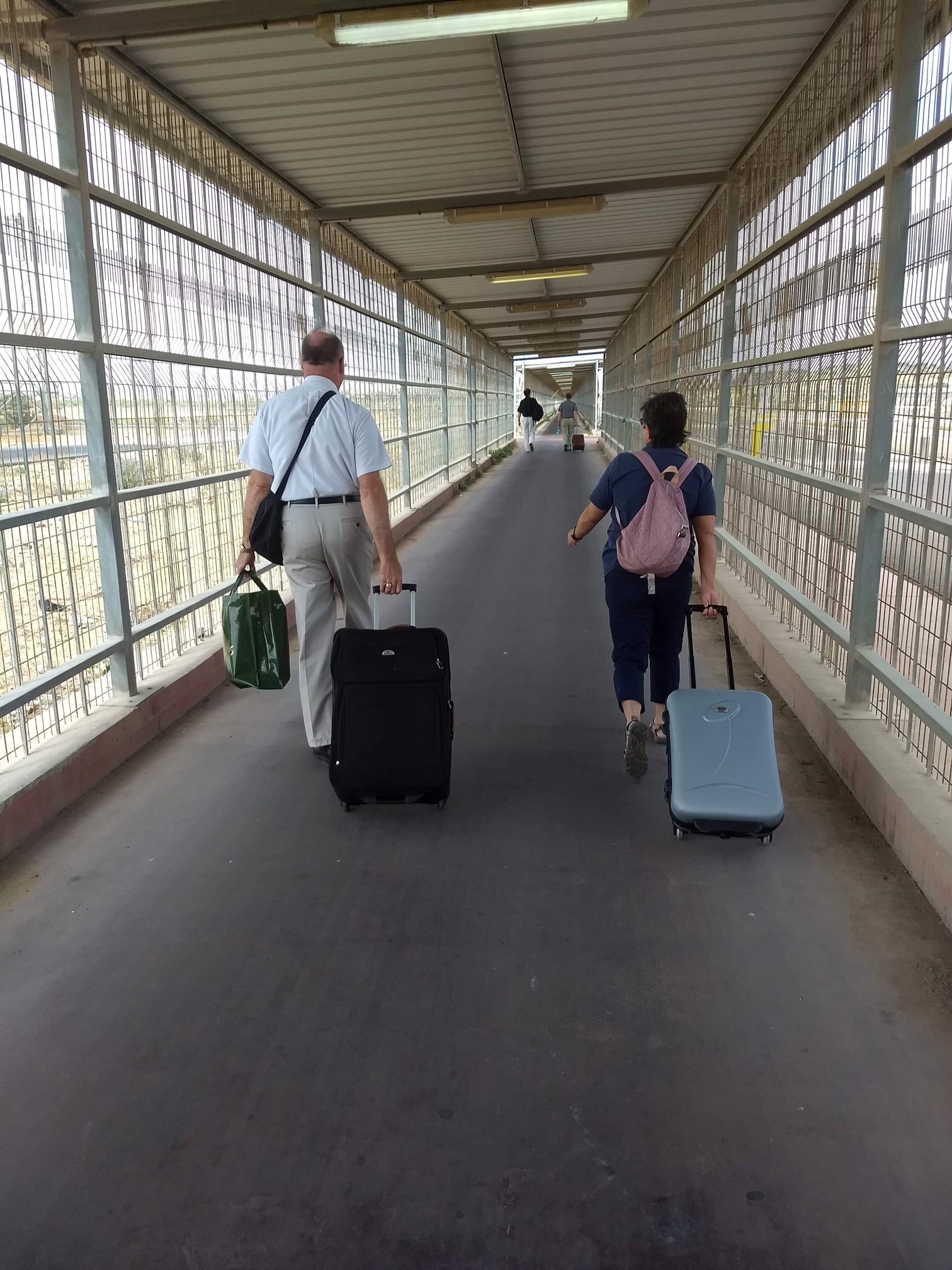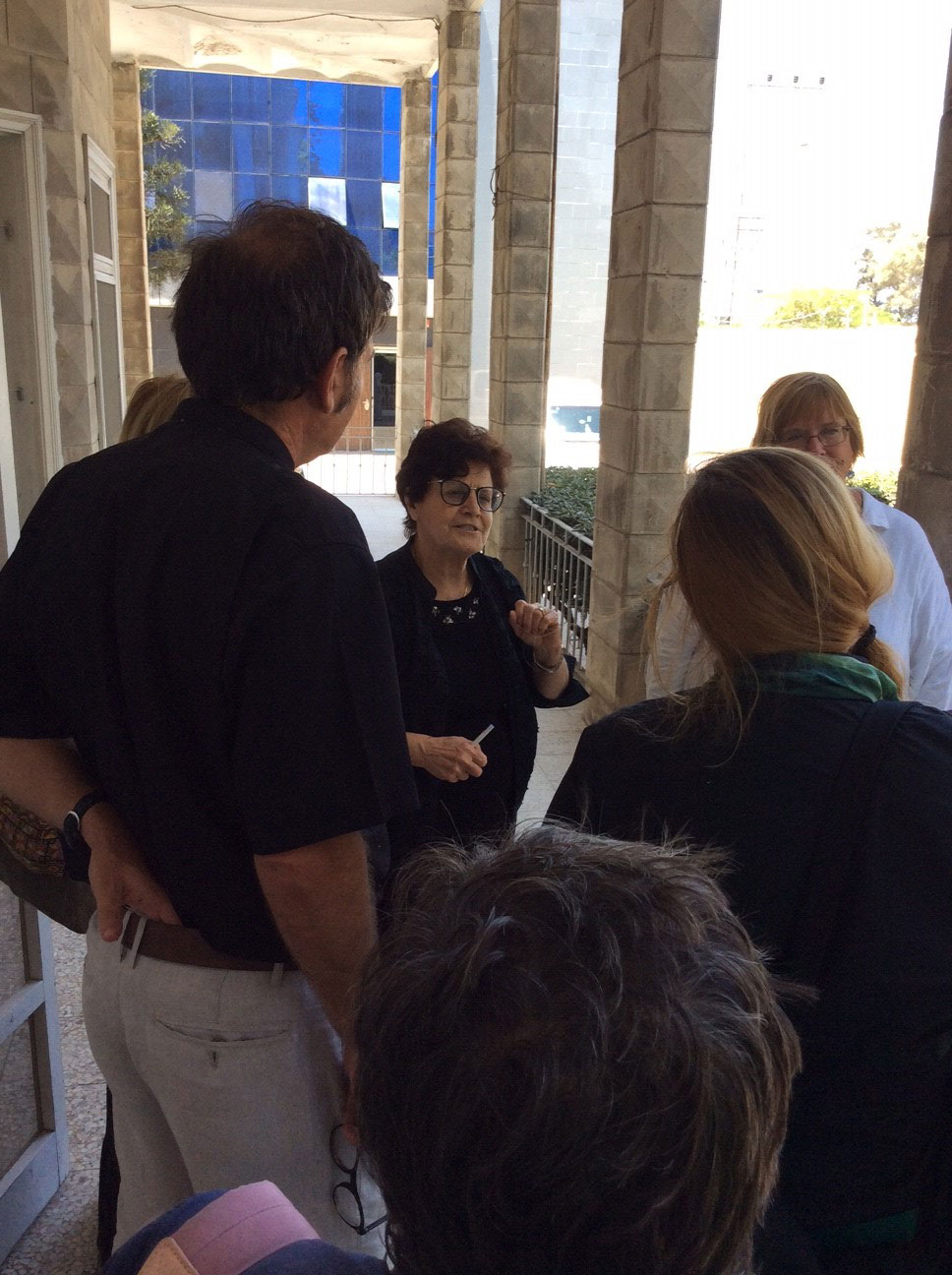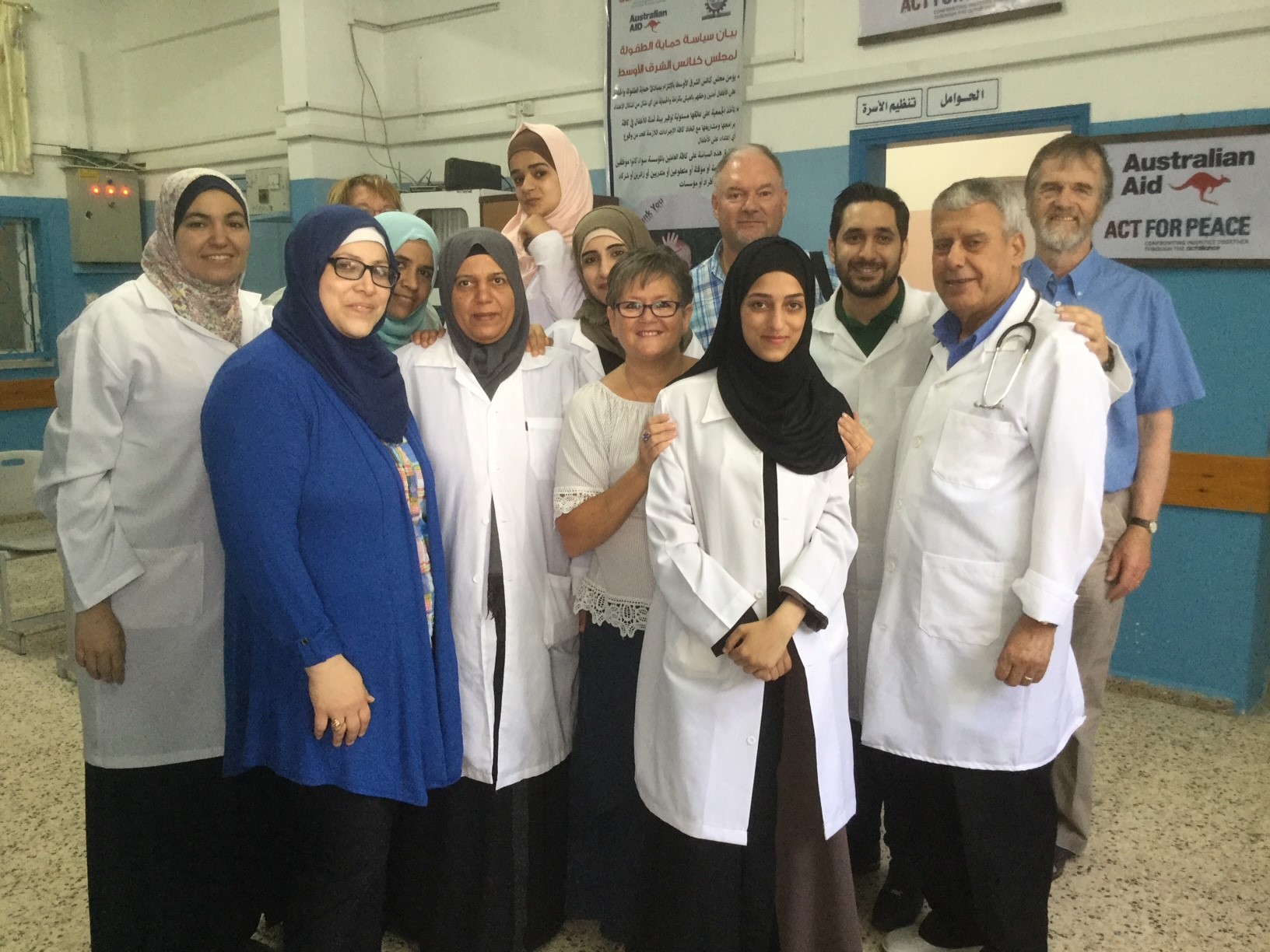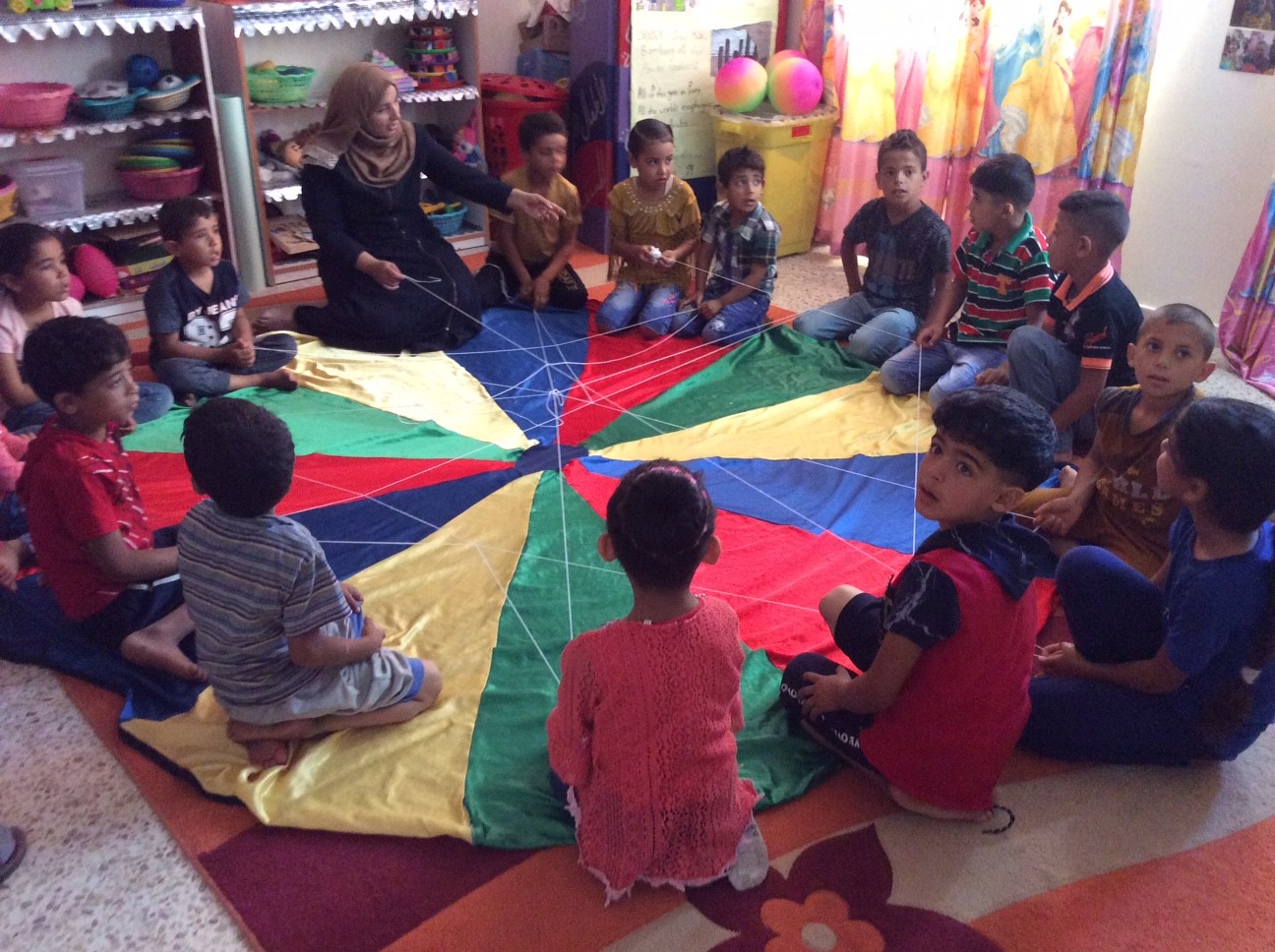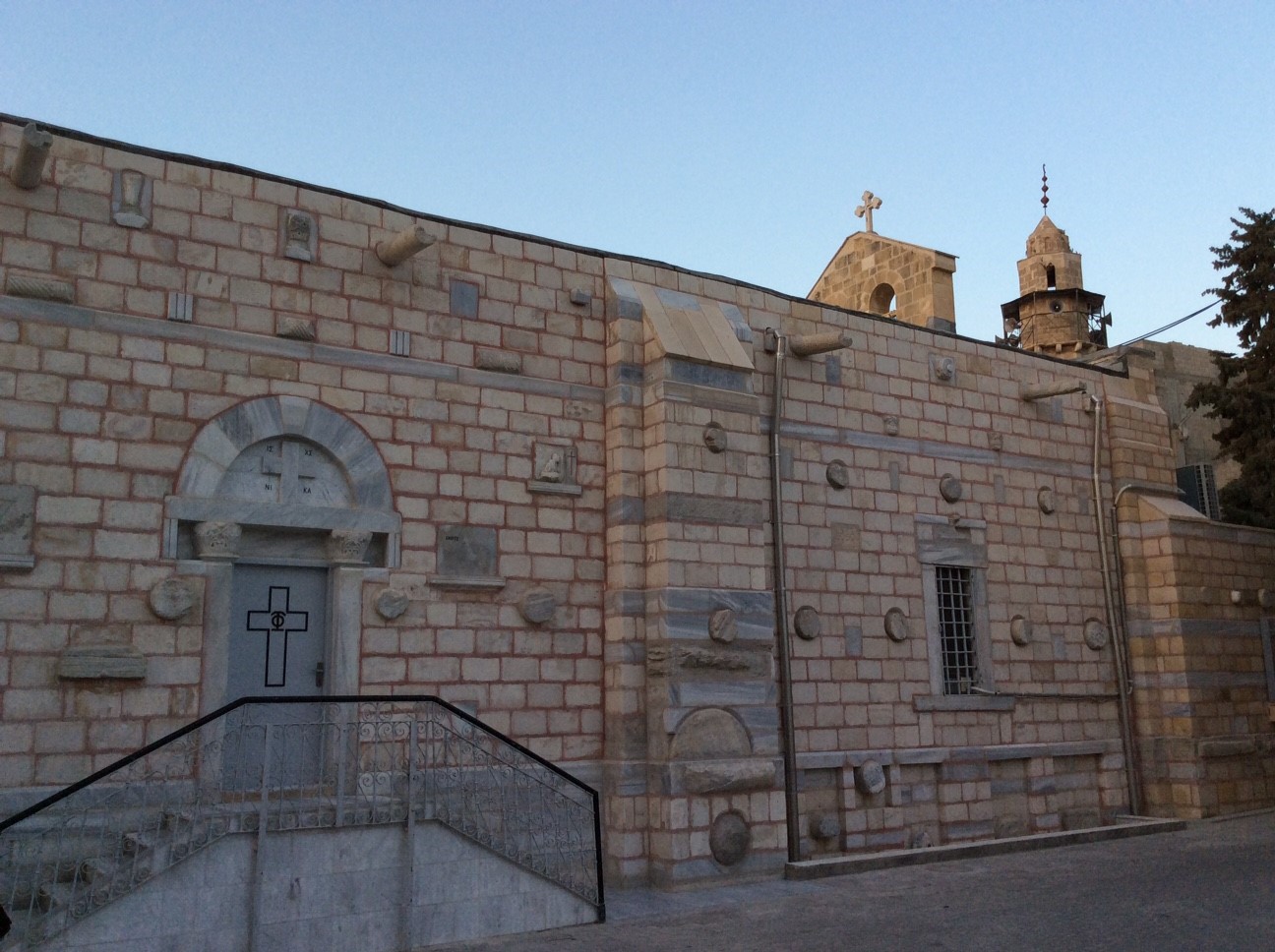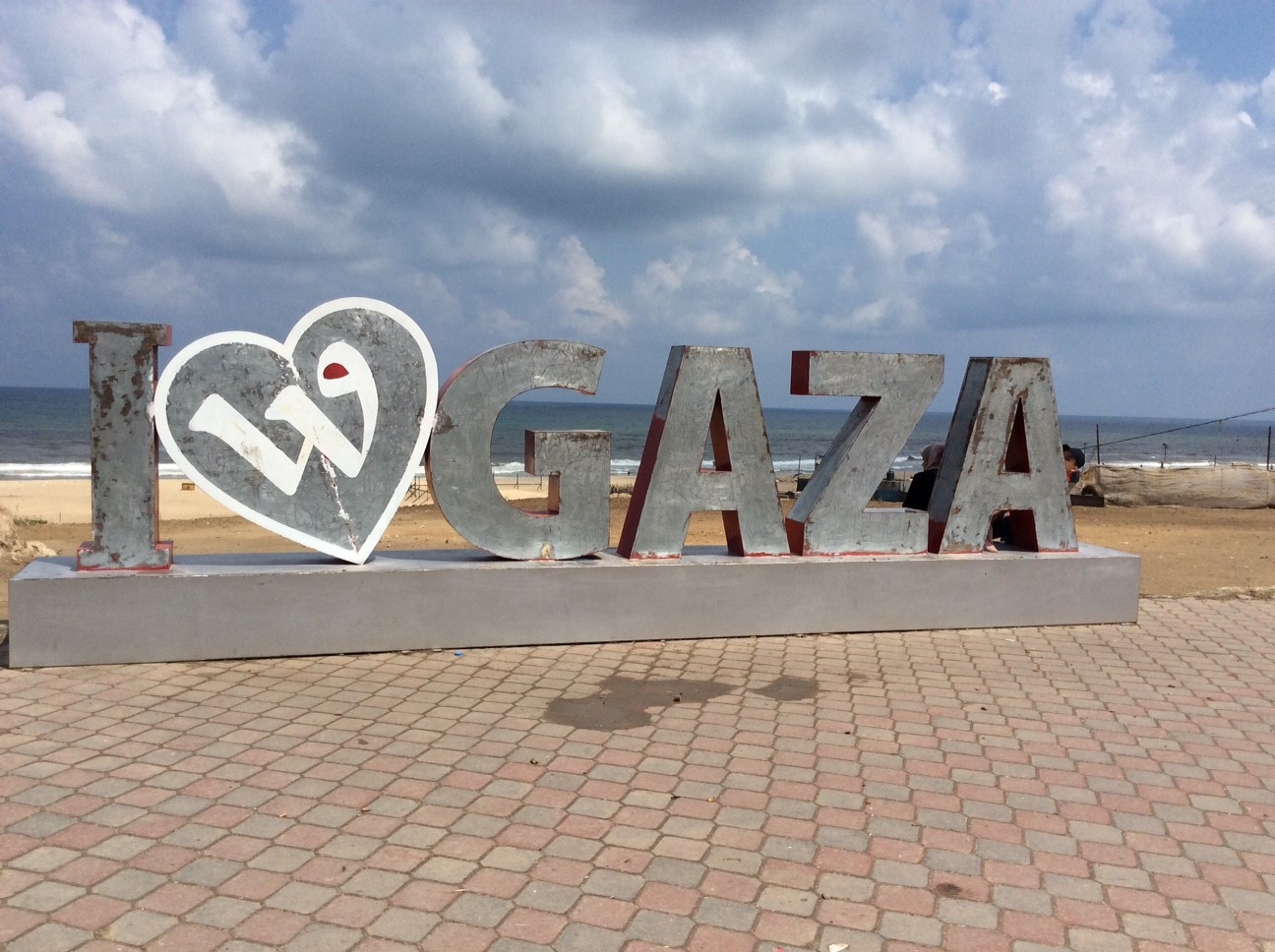A Letter from Doug Dicks, serving in Israel and Palestine
July 2018
Write to Doug Dicks
Individuals: Give online to E200516 for Doug Dicks’ sending and support
Congregations: Give to D506222 for Doug Dicks’ sending and support
Churches are asked to send donations through your congregation’s normal receiving site (this is usually your presbytery)
Dear Family and Friends,
In the wake of the 1948 Arab-Israeli War, upwards of 750,000 Palestinians either fled their homes or were forcibly evicted from their homes and their land. Many families left the cooking fires burning and locked the doors to their homes behind them, thinking they would return within hours.
On my visits to refugee camps over the years, I have seen the keys that are still held by many of these refugees. In some places inside of Israel, the remnants of homes are still visible, yet today, most lie in ruins. In most places, entire villages were bulldozed and razed, and pine trees were planted over the village sites, which are now national parks.
What was billed as the “Great March of Return” began in Gaza on what is called “Land Day” (March 30). Land Day commemorates the day in 1976 when Palestinians organized a march and general strike to protest the confiscation of land in the Galilee region of Israel. In the ensuing confrontations with the Israeli police and army, six Palestinians were killed and hundreds were injured.
Trees might be able to hide the evidence, but the history and the memories remain. The Right of Return for Palestinians is enshrined in United Nations General Assembly Council Resolution 194 of December 11, 1948, which clearly states that “refugees wishing to return to their homes and live at peace with their neighbors should be permitted to do so at the earliest practicable date, and that compensation should be paid for the property of those choosing not to return and for loss of or damage to property which, under principles of international law or equity, should be made good by the Governments or authorities responsible.” Seventy years later, not one refugee has been allowed to return, and not one dime has been paid as compensation to any refugee. The United Nations Relief and Works Agency (UNRWA), which was founded in May of 1950, has been responsible for the education and health of these refugees ever since — the same organization that President Donald Trump withheld funding from in February of this year because, in his words, the United States was tired of “getting nothing in return.”
With that said, the “Great March of Return” was an attempt by Palestinian Civil Society to remind the world that they are still here, they are still alive, they are still waiting, and that if the world will not act, then they will take matters into their own hands.
On the same day, the U.S. Embassy was “moved” from Tel Aviv to Jerusalem, and an opening ceremony was held. Actually, the building was already there, and has been for years. It was simply a sign change, from “consulate” to “embassy,” and then of course, a change in operations for all that might entail.
While the embassy opening was being celebrated in Jerusalem, in Gaza, Palestinians were being shot dead by Israeli snipers deployed at what is called the “border fence.” While the “march” was being billed as peaceful by the civil society organizers, as in most cases where large populations of people participate, events often spiral out of control. However, this does not justify the use of lethal force against people armed only with stones, kites, slogans and their very bodies. Amongst those killed were journalists and medical personnel, including 21-year-old volunteer emergency medical aid worker, Razan al-Najjar.
In the months since the March of Return began, 6,250 acres of land and crops inside Israel have been burned by incendiary devices attached to kites or helium balloons flown from Gaza. The Israeli military has acknowledged that it is not equipped to deal with such primitive weaponry.
In early June, I was part of an ecumenical delegation led by the Church of Scotland that travelled to Gaza to visit, to witness, to hear and to see. We spent two days and nights with our partner organizations there. We visited the Ahli Arab Hospital, the only Christian-operated hospital in the Gaza Strip. Here, we inquired about the patients who were injured in the demonstrations, and were told that, except for a very few, most had been released and were at home. We visited with the Near East Council of Churches Committee for Refugee Work, and heard firsthand about the current situation in Gaza. The Ahli Arab Hospital has an Extra Commitment Opportunity (ECO) account. Should you wish to support their work, please go to pcusa.org/donate/e862371/ to make a donation.
“It looks so normal,” several people wrote regarding a Facebook post showing images of Gaza City. Indeed, at first glance, it looks every bit as normal as any other city. However, Gaza is confronted with many issues, not the least of which is a lack of potable water. Only 3 percent of the water in Gaza is drinkable. The remainder is too salty or too contaminated to drink.
The lack of freedom of movement, and the inability to move freely across borders — whether it be to Israel or to Egypt — has given Gaza the label of “the world’s largest open-air prison.”
While markets appear to be flush with fruits and vegetables, access to food, as in the ability actually to purchase food, is a hardship for many. With 49 percent average unemployment, and with a higher percentage (closer to 60 percent) for young Palestinians, one can imagine the hardships, frustrations and despair these statistics convey. We were told that at least 75 percent of Gaza’s population relies on direct food assistance.
The Mediterranean Sea is being polluted at an alarming rate, as the pumping stations used to treat raw sewage cease to function due to electricity cuts and power outages. On average, Gaza receives only 4-6 hours of electricity on any given day. Raw sewage is dumped directly into the Mediterranean Sea.
We visited the two churches and pastors in Gaza — the Latin Rite Catholic Church and the Greek Orthodox Church. Both church leaders expressed their thanks for our visit and told us that our visit gives them strength and courage to go on. We were alarmed to hear that the Christian population of Gaza now stands at about 1,100 individuals. What will be the consequences when the Christian community of Gaza no longer remains?
We left Gaza with heavy hearts, but also heartened by the good work our church partners continue to do in a situation that appears all but hopeless. The duality of our feelings epitomizes the psychosis we sometimes experience living in a place that continues to suffer needlessly.
The very fact that we continue to call this land “holy,” in spite of so many unholy acts, reminds us that we continue to believe that God reigns supreme — in spite of the situations around us that would have us believe otherwise.
Canon Hosam Naoum, the Dean of St. George’s Anglican Cathedral here in Jerusalem, reminds us that “our mandate as Christians should be to roll up our sleeves, and be present with the people on the ground, and in their situation. Our calling is an unending one, and our discourse should always start and end with love for the other.” We have our work cut out for us.
Thanks to all of you for your continued prayers, cards and emails, and for your continued financial support. All are most welcome, and very much appreciated. Without them, my work and presence here would not be possible.
Blessings,
Doug
![]() You may freely reuse and distribute this article in its entirety for non-commercial purposes in any medium. Please include author attribution, photography credits, and a link to the original article. This work is licensed under a Creative Commons Attribution-NonCommercial-NoDeratives 4.0 International License.
You may freely reuse and distribute this article in its entirety for non-commercial purposes in any medium. Please include author attribution, photography credits, and a link to the original article. This work is licensed under a Creative Commons Attribution-NonCommercial-NoDeratives 4.0 International License.
Tags: "Al Nakba", "Great March of Return", "Land Day", "world's largest open-air prison", 1976, Ahli Arab Hospital, demonstrations, despair, electricity, Gaza, Greek Orthodox Church, holiness, incendiaries, land confiscation, Latin Rite Catholic Church, normality, potable water, psychosis, Razan al-Najjar, reparation, sewage, The Catastrophe, unemployment, UNRWA
Tags: Doug Dicks
